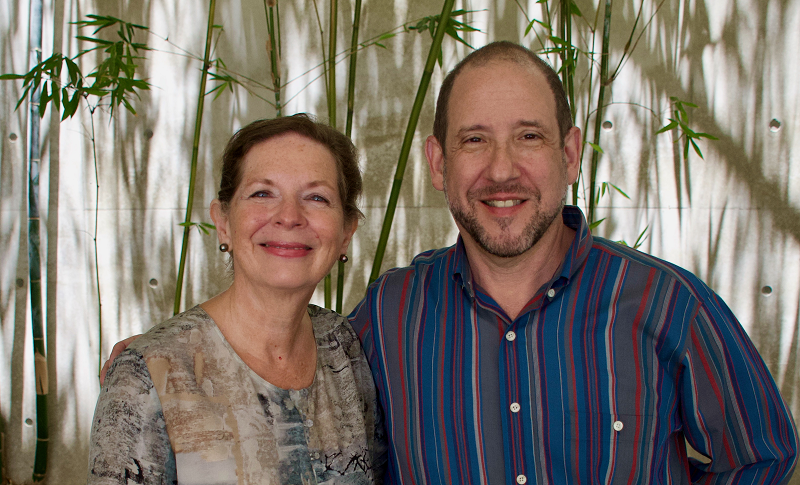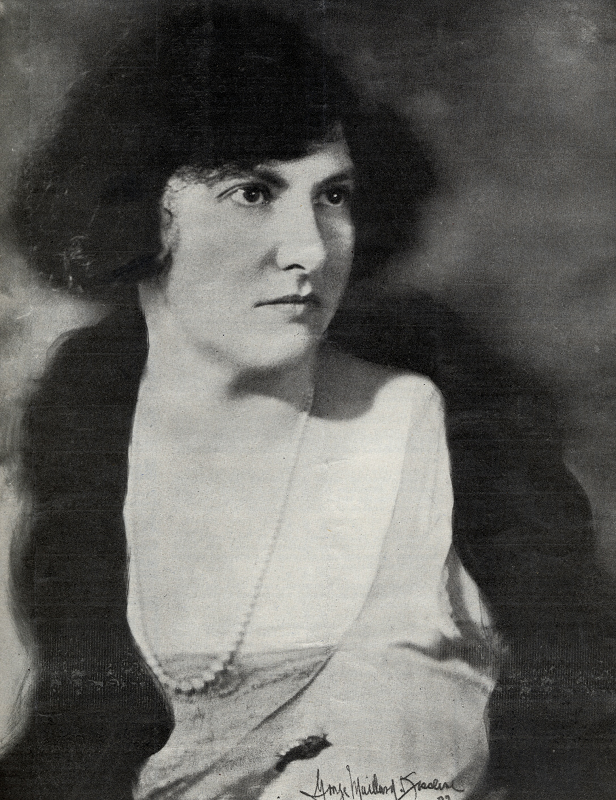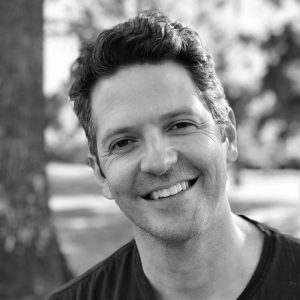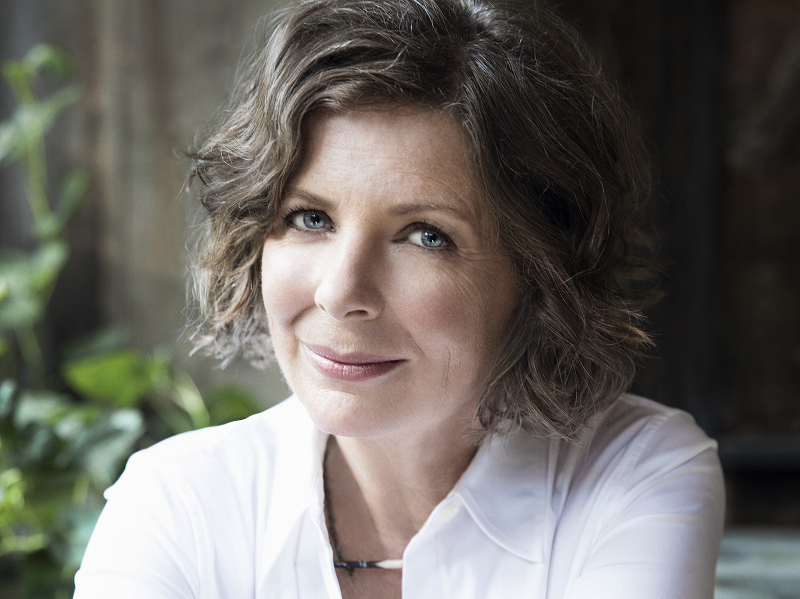In February 2023, Grammy-award-winning American soprano Susan Narucki released This Island (Avie Records), with her longtime collaborator, pianist Donald Berman. The album includes twenty-one art songs written in the first half of the 20th century, chiefly by women composers; fourteen of those songs appear in world-premiere recordings. In early March, I spoke with Susan about the album, and about her ongoing commitment to exploring diverse vocal repertoire.
Below is part I of our conversation, in which we discuss the genesis of the project and some of the extraordinary (and extraordinarily understudied) composers on the album; part II – on the need to infuse the canon with new voices and to spur conversations about the value of this repertoire – will follow in a couple of weeks. (The conversation has been edited for length and clarity.)

Steve Rodgers: Can you tell me how this album came about, what inspired it?
Susan Narucki: I was looking for something, for some text, for some sign – I’m a big believer in signs – to help me to take my thoughts away from the darkness of grief and the darkness of loss during the pandemic, and just simply not being able to make sense of what was next and how to go forward. And I found this little quote in a book of letters by Rainer Maria Rilke. He talks about this immense happiness that he experienced when reading the poetry of the Belgian Symbolist poet Émile Verhaeren. Delving into Verhaeren’s works, I found myself thinking, how could somebody be so in love with life even during such a dark time as he lived in? But he was. And so I started looking for settings of Verhaeren’s poetry. I had known about the settings by Nadia Boulanger and her teacher, Raoul Pugno, four of which are included on the album. But I didn’t realize that there were other settings by different composers. I’m sure you know this wonderful database, The LiederNet Archive. I went there and typed in “Verhaeren” and started doing research. It was really a treasure hunt. The composers that I found sort of led me to each other. They led me down a path that I could never have predicted, but that actually made sense; it was what I was looking for, and what I didn’t even know I needed at that time.
Steve: It sounds like, in the end, you found a kind of kindred spirit, someone who was living in a dark and difficult time but also finding moments of joy and happiness – which is precisely what you were trying to do during the pandemic. You were able to find a voice from across time that spoke to you.
Susan: That’s exactly right. I mean, there was something about encountering someone who recognizes how life and love change, but who can still celebrate all those changes and recognize them as precious and singular. And I just thought, you know, I want to be in that world.
Steve: I’m fascinated to hear about your discovery process. Could you talk about some of the composers you encountered that were real revelations to you?

Susan: Well, I would say Marion Bauer, first of all. I knew of her primarily as an important educator; she’s often referred to as “Milton Babbitt’s teacher.” But as I was doing research on Nadia Boulanger, Bauer’s name kept popping up, because they had some interactions. And as I looked at Bauer’s music, I started to see connections to the particular style of music that was developing in Paris in the 1920s – this incredible exuberance and energy and color in the piano writing, and also the very beautiful, gracious, long-spanning arcs in the vocal writing that fit these crazy poems from the Imagist movement in poetry, which were so revolutionary at the time, but which now we see as kind of fusty. But, you know, when I was going down the rabbit hole and reading about the poems she set, by John Gould Fletcher, I discovered that he was really interested in creating poems that reinforced their imagery through rhythm. When I looked at Bauer’s settings of Fletcher’s poems, I realized there is more there than I initially thought, in terms of the overall sense of the developing instrumental and vocal color and the architecture of musical form. I hadn’t really thought about her as a composer with a distinctive voice before, and I was really thrilled to find these songs – her first serious songs written for voice and piano, which had never been recorded.
Steve: Let’s listen to Bauer’s “Through the Upland Meadows.” The poem by John Gould Fletcher is available here.
Another amazing figure is Irène Fuerison. I found a reference to her settings of Verhaeren’s poetry through The LiederNet Archive. But then trying to find the scores – well, that as a circuitous route through the French National Library and the Belgian National Library, finding people to make downloads for me. I discovered some articles about her that were written in Dutch, which I can read well enough to sort of figure out. Such a fascinating individual! She considered herself an amateur. She funded concerts of other people’s music, as well as her own. She was versed in in the styles of the day. But the way that she animates these texts of Verhaeren – it’s just miraculous to me. Les Heures claires, Les Heures d’après-midi, Les Heures du soir is a beautiful cycle of six songs that is somewhat evocative of Robert Schumann’s Frauenliebe und Leben – this kind of traversing of a mature love. And there’s so much variety between the kind of orchestral piano writing and these little recitative-like pieces. I’m sure it was performed at the time it was written, but I can’t find any record of it, and there was no sound recording of it, until now.
Steve: I’m so glad you mentioned Fuerison. So many of the songs on your CD were revelatory to me, but Fuerison’s songs above all. The second song of her cycle, for example, is about being far from someone you love, and encountering people who have seen and touched that person, even though you can’t. It’s the simplest song, with such a spare accompaniment, but so intimate and profound.
Susan: What I love about what she’s able to do in this setting – and in all of them, really – is to illuminate the sacredness of human experience. What does it mean to really long for someone, to wait for their return, to look for evidence that there’s still an ongoing connection? She expresses that in such a simple way. You’re reminding me now of this repeated piano motif that just underpins the whole thing, as if it’s an endless search on the horizon but also an endless proclamation of hope. There was so much thoughtfulness and reflection going on in this particular person. I would really love to know more about her. She was a remarkable person with a generosity of spirit and sensitivity that you don’t often find, and I feel like it really resonates in her music. Here is the second poem of the cycle, “Dis‑moi, ma simple et ma tranquille amie.”
Steve: One other question I wanted to ask is how this project relates to some of the other projects you’ve done. You’re known for promoting new music. You’ve done many recordings of works by living composers. You’re a fierce advocate for new music. Yet here we have slightly older music. And yet there’s still this effort to find new voices.
Susan: This poetry drew me into an earlier time period, and it just felt like it was the right thing to do. And when I started, I had no idea it would become this collection of voices from the past. You’re right, it’s not really what I have spent my life doing. But on the other hand, in doing it, I began to see something that I can’t now unsee – that there is so much music written by female composers and by other underrepresented composers that is not making its way into the canon of performance. So it’s going to become part of my life, excavating these voices from the past, alongside celebrating voices from the present. Just last night, for example, I did a concert that included song cycles by two living composers – the Cuban-American composer Tania León and the British composer Judith Wier – as well as a cycle by Margaret Bonds and some of the Élisabeth Claisse songs from this CD. This blending of old and new voices is something that I need to keep doing, and it’s going to be part of my research going onward.
Note
The banner photo of Susan Narucki was taken by Lisa Marie Mazzucco.






